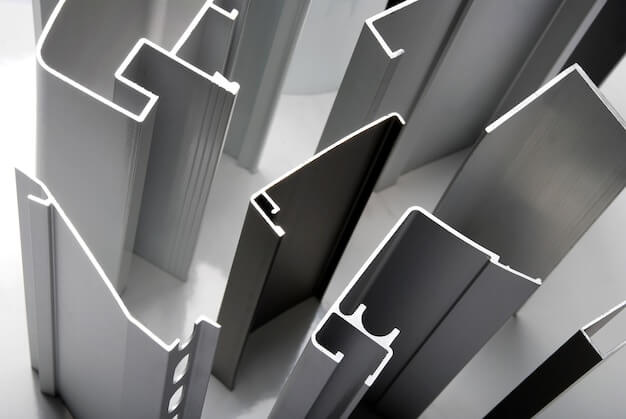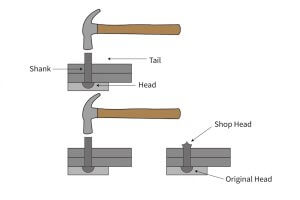Bead blasting is an integral part of Computer Numerical Control (CNC) machining. It provides crucial support to this modern, flexible, and highly efficient production method capable of precision engineering a vast array of products – from industrial equipment parts to delicate jewelry pieces with intricate detailing. Without bead blasting, achieving the desired levels of surface finish, durability, and aesthetic appeal on machined goods would be extremely challenging.
So what exactly does bead blasting involve? And why is it so important for CNC machining? In this article, we will delve into the nitty-gritty of bead blasting, outline its roles in CNC machining, and explain how manufacturers use and optimize this process.
Understanding Bead Blasting
Simply put, bead blasting refers to the process of propelling small beads or pellets at high velocity against surfaced objects using compressed air or steam. These beads are usually made of various materials like glass, ceramic, steel, or plastic, often chosen based on the particular finishing requirements of your workpiece.
The impact of the beads removes imperfections (like burrs), rendering a smooth, uniform texture while enhancing the piece’s overall visual appearance. Additionally, bead blasting can prep surfaces for subsequent steps such as painting or plating by creating better adhesion capabilities.
Incorporating Bead Blasting Into CNC Machining
In CNC machining, articles undergo rigorous manufacturing processes that can leave unwanted residues, marks, or slight deformation called ‘burrs.’ Regardless if it’s Milling, Drilling, Turning, or any other machining operation, some artifacts necessitate specific post-production cleaning or finishing operations like bead blasting.
A primary benefit of incorporating bead blasting in the CNC machining process lies in its capacity to drastically enhance both component performance and aesthetics. This technique is commonly used across industries such as automotive, aviation, medical applications, and general metalworking.
Furthermore, bead blasting can sometimes be a requirement for certain industries. For example, in the food and beverage sector where hygiene is paramount, surfaces need to be free from crevices that might harbor bacteria growth.
The Bead Blasting Process Flow
Bead one of the many finishing processes applied after the initial CNC machining operations, it typically works as follows:
1. Safety Setup: Operators don appropriate safety gear like gloves, goggles, dust masks, or full-body suits if necessary.
2. Loading Parts: The Workpieces requiring blast finishing are carefully loaded into the machine’s cabinet.
3. Setting Measures: Parameters about bead type, size, air pressure, and angle are set based on the desired finish quality.
4. Operating Blast: Once initiated, beads start bombarding at high velocity against parts’ surface – slowly eroding material irregularities and discolorations away.
5. Unloading & Inspection: Post-blasting, parts get unloaded, wiped down, inspected for flaws – if they pass the checks, then either moved directly into usage, painting, plating or storage.
Appreciating the Importance
Beyond its vital engineering contribution, bead blasting plays crucial parts in complex projects where machined components require controlled, precise, and delicate handling. It provides capabilities of working with various materials – whether steel, aluminum, plastic, brass, or even glass.
In conclusion, bead blasting enriches the potential of CNC machining by bringing forth exceptional quality outcomes – boasting improved aesthetics, enhanced mechanical performance, intricate detailing, and superior production efficiency. Proper mastery and execution form an imperative asset companies strive towards achieving – setting them apart in their industry while serving clients better.
Other Articles You Might Enjoy
- Innovative CNC Machining for the Aerospace Sector
Innovative CNC Machining for the Aerospace Sector CNC machining, an abbreviation for Computer Numerical Control machining, stands as a vital player within today's manufacturing scene. Utilizing computer-generated code to control…
- Innovative CNC Machining for Advanced Spacecraft Components
Introduction: CNC Machining and its role in Spacecraft Components Computer Numerical Control (CNC) machining has, over the years, proven to be one of the most integral pillars within manufacturing industries.…
- Ceramic Tooling in CNC Machining: Breaking the Myths About Durability and Performance?
CNC Machining and Ceramic Tooling: Busting the Myths Computer Numerical Control (CNC) machining is an advanced method of manufacturing where pre-programmed software controls the movement of factory machinery, giving intricate…









